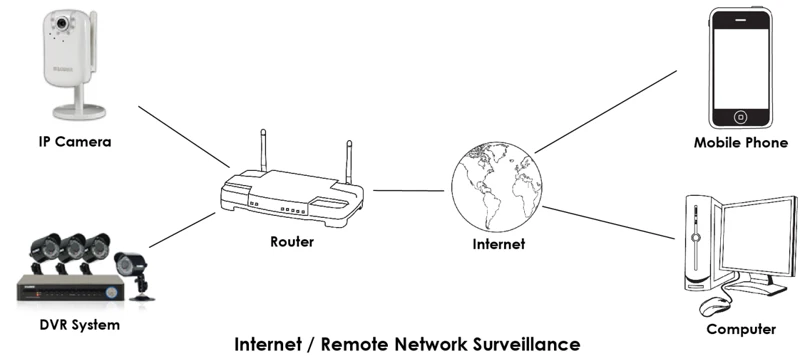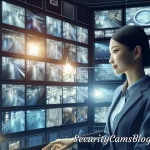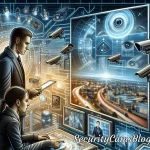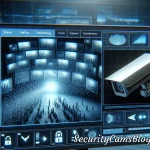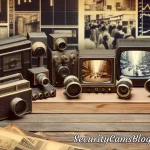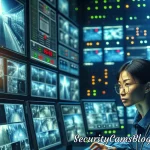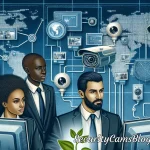Remote viewing video surveillance has emerged as a cornerstone in security and monitoring practices across various sectors. This technology allows individuals and businesses to observe and manage their premises remotely, ensuring safety, security, and operational efficiency. The evolution of video surveillance technology, coupled with advancements in internet connectivity, has made remote viewing more accessible and effective than ever before. In this article, we delve into the intricacies of remote viewing video surveillance, exploring its benefits, applications, technology, challenges, and future directions.
The Evolution of Video Surveillance
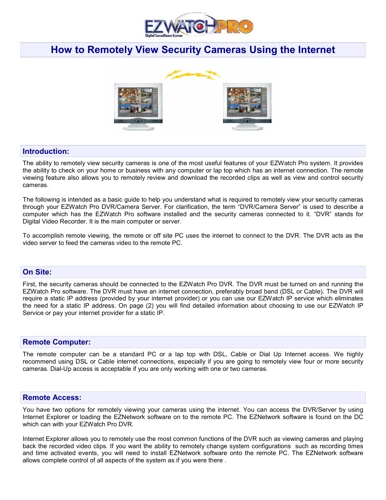
Remote viewing video surveillance is not a novel concept; it has evolved significantly over the years. Initially, video surveillance systems were analog, consisting of CCTV cameras connected to video tapes or monitors. The advent of digital technology marked a paradigm shift, introducing IP cameras and network video recorders that facilitated remote access and management. This section explores the technological advancements that have shaped the current landscape of remote viewing video surveillance.
The Technology Behind Remote Viewing
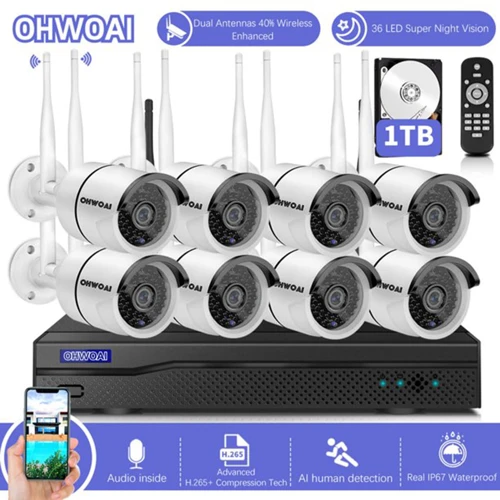
At its core, remote viewing video surveillance operates through a network of cameras connected to the internet, enabling live feeds or recorded footage to be accessed remotely via computers, smartphones, or tablets. This section breaks down the technology involved, including IP cameras, cloud storage, encryption, and software applications that ensure seamless and secure access to video feeds from anywhere in the world.
Applications Across Sectors
Remote viewing video surveillance finds application in a myriad of sectors, including residential security, retail, manufacturing, education, healthcare, and law enforcement. Each sector benefits uniquely from remote surveillance capabilities, whether it’s monitoring production lines, enhancing public safety, or protecting assets. This section highlights the diverse applications of remote viewing, underscoring its versatility and indispensability in modern society.
Enhancing Security and Safety
One of the primary benefits of remote viewing video surveillance is its ability to enhance security and safety. By enabling real-time monitoring and rapid response to incidents, remote viewing acts as a deterrent to criminal activities and a tool for evidence collection. This section examines the impact of remote viewing on security and safety, including case studies and statistical evidence that underscore its effectiveness.
Operational Efficiency and Cost Savings
Beyond security, remote viewing video surveillance contributes to operational efficiency and cost savings. Businesses leverage remote surveillance to oversee operations, manage resources, and ensure compliance with regulations, all of which contribute to improved productivity and reduced costs. This section delves into the operational benefits of remote viewing, providing insights into how it can streamline business processes and bolster the bottom line.
Privacy and Ethical Considerations
While remote viewing video surveillance offers numerous benefits, it also raises important privacy and ethical considerations. The balance between security and privacy is delicate, necessitating strict adherence to legal frameworks and ethical guidelines. This section explores the privacy concerns associated with remote viewing, discussing legislation, best practices, and the importance of ethical surveillance practices.
Challenges and Limitations
Despite its advantages, remote viewing video surveillance is not without its challenges and limitations. Issues such as network security, data storage, and the potential for misuse or abuse of surveillance capabilities are pertinent concerns. This section addresses the challenges facing remote viewing video surveillance, offering solutions and recommendations to mitigate these issues.
Advancements in AI and Machine Learning
The integration of artificial intelligence (AI) and machine learning into remote viewing video surveillance represents a significant advancement in the field. These technologies enhance the capabilities of surveillance systems, enabling features such as facial recognition, anomaly detection, and automated alerts. This section explores the role of AI and machine learning in transforming remote viewing video surveillance, highlighting current applications and future potential.
Integration with Smart Home and IoT Devices
The convergence of remote viewing video surveillance with smart home technologies and the Internet of Things (IoT) is reshaping the landscape of home security and automation. This integration offers unprecedented levels of control, convenience, and interoperability, allowing users to create comprehensive security ecosystems. This section examines the synergy between remote viewing, smart home devices, and IoT, discussing the benefits and possibilities of this integration.
Future Directions and Innovations
The future of remote viewing video surveillance is ripe with possibilities, driven by continuous technological innovation and changing societal needs. Emerging trends such as 5G connectivity, augmented reality (AR) interfaces, and advanced encryption methods promise to further enhance the capabilities and applications of remote surveillance systems. This section speculates on the future directions and innovations in remote viewing video surveillance, envisioning how it will continue to evolve and impact society.
Choosing the Right Remote Viewing Solution
Selecting the appropriate remote viewing video surveillance solution is crucial for maximizing its benefits while addressing specific needs and constraints. This section provides guidance on choosing the right system, considering factors such as camera quality, storage options, software features, and scalability. It also offers tips on evaluating vendors and products to ensure a successful implementation.
Best Practices for Remote Viewing Security
Ensuring the security of remote viewing video surveillance systems is paramount to protecting sensitive data and maintaining privacy. This section outlines best practices for securing remote surveillance setups, including strong authentication methods, regular software updates, and network security measures. It also emphasizes the importance of user education and policy development to safeguard against threats.
In today’s digital age, the ability to monitor environments remotely has become paramount for ensuring safety and security. Whether you’re interested in keeping an eye on your property from afar or integrating advanced technology for comprehensive coverage, there’s a wealth of information available. For those curious about expanding their surveillance capabilities, explore our articles on the advantages and techniques of remote viewing. Discover the benefits of remote monitoring in video surveillance, learn about the cutting-edge technology of thermal cameras in video surveillance, and understand how to access outdoor video surveillance effectively. For a deeper dive into creating a cohesive security system, consider reading about integrating video surveillance with remote monitoring. Each piece offers valuable insights into making the most out of modern surveillance technology.
Conclusion
Remote viewing video surveillance stands as a pivotal technology in modern security and monitoring strategies. Its evolution, fueled by technological advancements and changing demands, has expanded its applications and benefits across various sectors. While challenges and ethical considerations persist, the future of remote viewing is promising, with AI, IoT integration, and emerging technologies paving the way for more sophisticated, secure, and user-friendly systems. As society continues to navigate the complexities of security and privacy in the digital age, remote viewing video surveillance will undoubtedly play a critical role in shaping our approach to safety and efficiency.

